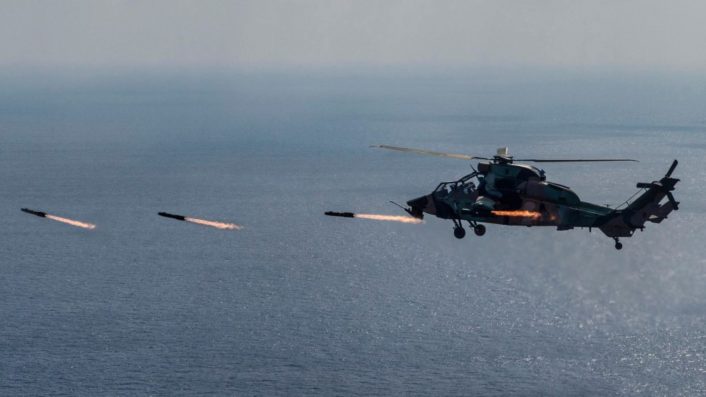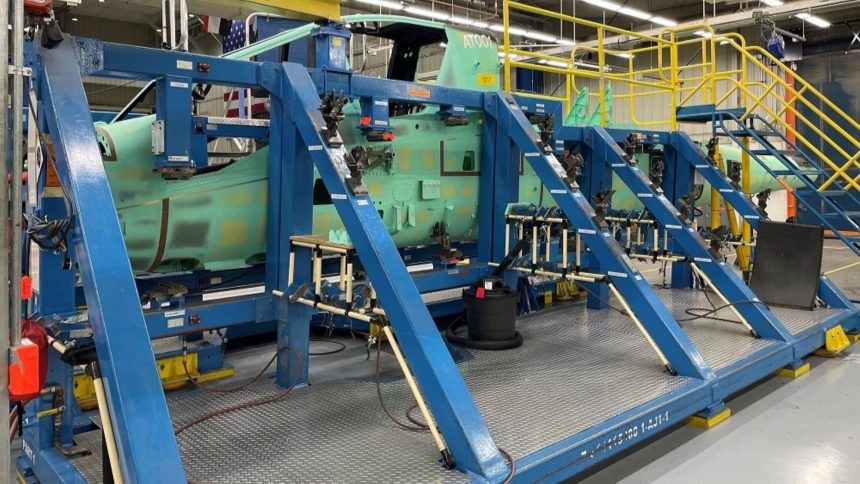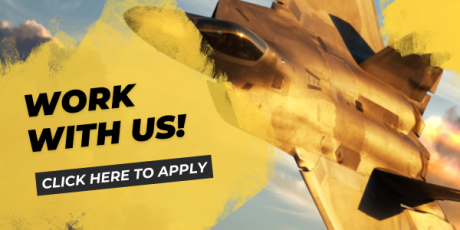Australia announced the AH-64E Apache acquisition in 2021 to replace the ageing Tigers, which have long been afflicted by maintainability and sustainment issues.
The first AH-64E Apache attack helicopter for the Australian Army has entered final assembly at the Boeing production line in Mesa, Arizona, announced the company on Mar. 25, 2025. The first four Australian Apaches are scheduled for delivery in late 2025.
Designated AT001, the first helicopter will undergo “structural, electrical wiring, major sub-assembly and mechanical installation in final assembly before entering flight testing mid-year.” The image released by Boeing showed AT001’s bare airframe on the jigs, without the outfittings, engines, wing stubs and rotors.
The Australian Army has ordered 29 AH-64E Apaches, all of which will be based in Townsville, North Queensland. Australia targets attaining IOC (Initial Operational Capability) for its Apaches by 2026.
Christina Upah, Vice president of Boeing Attack Helicopter Programs, said in the press release that the “The induction of the Australian Army’s first E-model Apache into final assembly marks the beginning of a new era for Australia’s defence and industrial capabilities.” Boeing’s factory has produced more than 2,800 Apache helicopters to date, mentioned the statement.
At the same time, the Australian Army is also looking at how it can dispose of its older Eurocopter (now Airbus) Tiger attack helicopters, after having parked six of the 22 airframes that it operated extensively. This was stated by Brig. Steven Clegget at the ongoing Avalon Australia International Airshow. Two U.S. Army AH-64Es from the U.S. Army Pacific are also participating as displays at the Avalon Airshow, after being transported there aboard a RAAF (Royal Australian Air Force) C-17A Globemaster III.
The world’s most advanced attack helicopter, coming soon to Australia.
AT1, the first #AH64 Apache for the @AustralianArmy, is in final assembly at our facility in Arizona.
Once delivered later this year, it will herald a new era in Australian combat power.
More:… pic.twitter.com/hDbPfqdrRP
— Boeing Australia (@BoeingAustralia) March 25, 2025
Major defense platform with major domestic participation
Australia announced the AH-64E Apache acquisition in 2021, under its Armed Helicopter Reconnaissance Helicopter program to replace the ageing Tigers. These have long been afflicted with maintainability and sustainment issues. Moreover, the Tiger is in the light armed attack helicopter category, with larger heavy attack helicopters like the AH-64 Apache offering more operational and tactical flexibility.
The AH-64E project also has major Australian participation, with several key components, parts and subassemblies manufactured by Australian aerospace and engineering firms. Among these are wire harnesses, electrical panels, avionics bay shelvings, machined assemblies, vertical spar boxes, composites and fairings made by Cablex, Axiom Precision Manufacturing, Ferra, and Mincham, respectively, Boeing added.
Boeing announced on Mar. 1, 2023, that it is partnering with these Australian companies with the goal to activate the AGSC (Australian Global Supply Chain) program for “export opportunities” into Boeing’s supply chain. This was followed by Boeing Defence Australia announcing on Feb. 7, 2024 that it received a seven-year initial support contract, covering “maintenance, engineering, aircrew and maintainer training, and logistics for the 29 Apaches.”
Australia is set to participate in the manufacturing of the AH-64 Apache attack helicopter. pic.twitter.com/XV5RjKIzlA
— International Defence Analysis (@Defence_IDA) March 7, 2023
This contract will create “more than 230 new roles” in Queensland. The statement quoted Maj. Gen. Jeremy King, Head of Joint Aviation Systems Division, Capability Acquisition & Sustainment Group, who said “Defence is dedicated to enhancing the Australian Defence Force’s battlefield aviation capability and building defence industry.”
“The initial support contract with Boeing Defence Australia meets Defence’s requirements for a skilled workforce in the operating and training units in Townsville and Oakey, as well as the support office in Brisbane,” King further said in the release.
In Mar. 2024, Australia also acquired two former British Army WAH-64 Apache AH.1 to be employed as ground training devices for avionics, mechanical and arming training. The two helicopters (ZJ220 and ZJ226) had been in storage in the UK following their withdrawal. Australian Defence Magazine said that the pair were loaded aboard an RAAF C-17A airlifter and departed from RAF Brize Norton on Mar. 22, 2024, bound for the US, where they will undergo conversion into ground training airframes.
Australia has acquired two AH‑64 MK 1 Apache airframes from the UK to be re-engineered into ground training devices in support of the Army Apache program.
Work will commence to build them into training devices to support Apache avionics, mechanical, & arming training. pic.twitter.com/4TPznU0daa
— Gregory Knowles (@2805662) April 12, 2024
Airbus Tiger retirement
Meanwhile, the Australian Army is in the “early stages” of considering plans to dispose of its Airbus Eurocopter attack helicopters. These options include selling them to another country or stripping and selling its parts to militaries that still operate the platform, according to Aviation Week.
Aviation Week quoted Brig. Clegget: “You can’t keep one fleet operating at full capacity as you’re transitioning to another fleet. We are looking at all the options for the disposal.”
Other militaries still operating the Tiger include the German, French and Spanish armies. Interestingly, according to German military aviation publication Aero Buzz, the Bundeswehr is also retiring its Tiger KHT fleet, advancing the decommissioning date to 2032 instead of 2038.
Reports also emerged in Jun. 2024 about Ukraine seeking the Tigers for their use against Russian forces, with the request formally made by Ukraine’s Ambassador to Australia, Vasyl Myroshnychenko.
The Tiger has been in service with the Australian Army since 2004 and is planned to be withdrawn by 2027/2028. Technical, spares and supply chain issues repeatedly dogged the Australian Tiger ARH (Armed Reconnaissance Helicopter) fleet, with the 2016 Australian Defence White Paper announcing the replacement of the rotorcraft by the mid-2020s.

The fast, agile two-seat attack helicopter performs a wide set of missions, “with the ability to detect and engage targets at long ranges, and can easily coordinate and control combined arms teams,” according to Australia’s Defence Department.
By Nov. 2024, the Australian Army revealed to the Senate Estimates committee a “three-stage plan” to complete the Tiger’s retirement and the transition to the AH-64 Apache Echo. The Tigers, that had flown 2,997 hours by that time, need to be kept operating until 2027, when the Apaches have been delivered and inducted, with “stabilisation programs” to keep that fleet flying, according to Army chief Lt. Gen. Simon Stewart.
Check out the future of Battlefield Aviation at Avalon! 💪💪 Two @USArmy AH-64E Apaches and crew arrived in Australia via @AusAirForce C-17A Globemaster for the airshow. #strongertogether@i_corps pic.twitter.com/aQMqJGPxtm
— U.S. Army Pacific (@USARPAC) March 24, 2025
On the sidelines of the latest Avalon Airshow, chief of the Australian Army’s Aviation Command Maj. Gen. David Hafner announced a deadline of “no later than 2028” to retire the Tiger, according to FlightGlobal. “We will see the progressive withdrawal of our Tiger fleet. It will progressively reduce in size as we move personnel, air crew and maintenance onto the Apache helicopters as they start introduction,” he said in the report. Hafner nevertheless acknowledged that the Tiger was an important step for the Australian Army Aviation, greatly increasing its experience with operating attack helicopters.









